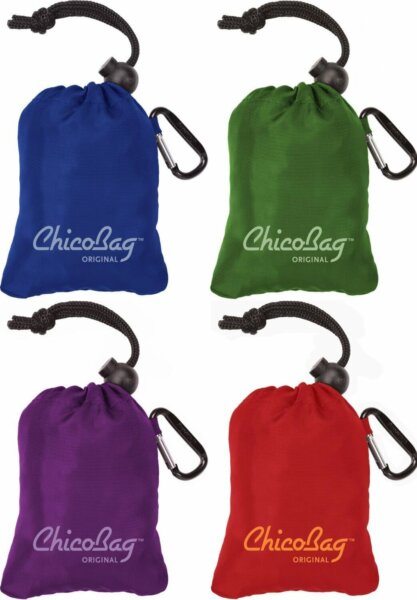Environmental Damage From Plastic Bags
Some 4 to 5 trillion plastic bags—including large trash bags, thick shopping bags,and thin grocery bags—were produced globally in 2002. Roughly 80 percent of those bags were used in North America and Western Europe. Every year, Americans reportedly throw away 100 billion plastic grocery bags. (Worldwatch Institute)
The average American family takes home almost 1,500 plastic shopping bags a year. (National Resources Defense Council)
Plastic bags were introduced into supermarkets in 1977. (The New York Times)
Scientists estimate that every square mile of ocean contains about 46,000 pieces of floating plastic. Researchers have found that plastic debris acts like a sponge for toxic chemicals, soaking up a million fold greater concentration (than surrounding water) of such deadly compounds as PCBs and DDE. These become highly toxic poisons to marine animals who frequently consume these particles. (Secretariat of the Pacific Regional Environment Programme)
Plastic bags can take up to 1,000 years to break down, so even when an animal dies and decays after ingesting a bag, the plastic re-enters the environment, posing a continuing threat to wildlife. (Worldwatch Institute)
At least 267 different species are known to have suffered from entanglement or ingestion of plastic marine debris. (Worldwatch Institute)
The amount of petroleum used to make a plastic bag would drive a car about 115 meters. It would take only 14 plastic bags to drive one mile! (Secretariat of the Pacific Regional Environment Programme)
Each year, 1 trillion plastic bags are consumed worldwide. That’s nearly two million plastic bags used per minute. (Earth Policy Institute)
About 191 million barrels of hydrocarbon gas liquids were used to make plastic in the U.S. in 2010. (U.S. Energy Information Administration)
There is now six times more plastic debris in parts of the North Pacific Ocean than zooplankton. The Great Pacific Garbage Patch is twice the size of France.
(The Telegraph)
Environment Damage From Plastic Bottles
Americans consume 190 billion sodas, juice drinks, and other beverages packaged in plastic or glass bottles and aluminum cans each year. That’s over 650 containers per person per year—or almost two containers a day for every person living in the United States. (Center for Climate and Energy Solutions)
Only 14% of plastic water bottles are recycled. (inhabitat)
The Best Reusable Bags

Natural Cotton Canvas Tote Bag: Sturdy grocery bags at a good price. These come in packs of 12.

ChicoBag Original Reusable Shopping Tote: These long-lasting bags fold up small, perfect to stash in a purse or backpack.

100% Natural 16oz Canvas Reusable Shopping Tote with Extra Thick Shoulder Pad: An extra-sturdy bag for packing heavy items. The extra-thick shoulder pad makes it less painful to carry your farmer’s market haul.

Turtlecreek Cotton Canvas Reuseable Grocery Tote Bags: High-quality canvas bags in a pack of four, these carry 25 lbs. each. Also—machine-washable!
Biodegradable Waste Bags
Earth Rated® Poop Bags Dog Waste Bags: This eco-friendly company makes all their packaging out of recycled content. The bags are lavender-scented.
Biobag Food Waste Bags: Certified compostable bags for your kitchen compost container.










































Hi, I’m doing a persuasive speech and I would like to use your website as a source but I don’ see when this post was written. What was the year? Please email me back the answer ASAP at hillaryhoffman00@gmail.com
Thank you and love the article!
Hi there – please use the date of 2013-04-03, though the post may have been updated since.
Thanks for sharing it.